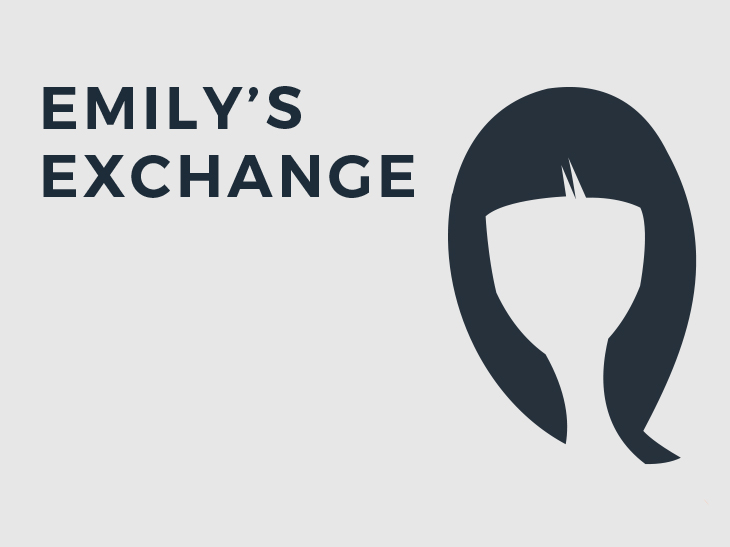Brexit discussions have reached an important milestone, with the UK getting the official EU nod to move onto trade negotiations. It will come as a relief to Brits watching the divorce unfold as they wearily make it through to Christmas, especially as household budgets get even tighter.
It’s been a busy couple of weeks for Theresa May. Presenting a 15-page progress report to European Commission President Jean-Claude Juncker last Friday, May managed to save the first round of negotiations after the DUP had earlier thrown the original plans out of the window.
Fast forward to this week and Theresa May has suffered her first Commons defeat as prime minister. MPs backed an amendment to the EU Withdrawal Bill that legally guarantees a vote on the final Brexit deal.
As negotiations turn to trade, it would be wrong of us to assume that the hard work is over. It took Canada years to secure a trade deal with the EU – something the UK doesn’t have.
Many business are already outlining contingency plans to move elsewhere in the EU incase of a bad Brexit deal.
Business and investors will keep their eyes glued to this phase of the negotiations, as the final deal will have far reaching implications for business and the wider economy.
Inflation
The UK economy isn’t the perfect picture of health at the moment, anyway, and the consumer squeeze tightened its grip on households in November. Inflation reached a near six-year high of 3.1%, but wage growth lagged behind for the seventh month in a row.
The most recent data shows wage growth of just 2.2%; include the cost of living and real wages are falling. Not what Brits will want to hear in the run up to Christmas.
Even if the best Brexit deal is secured by Theresa May, the path isn’t going to be smooth. If negotiations sour and weigh on sterling’s performance, inflation could race ahead of wage growth for some time.
Bank of England governor Mark Carney will now have to write a letter to Chancellor Philip Hammond, explaining why inflation is more than 1% above the government’s 2% target, and what it intends to do to bring it back down.
The Bank of England has already played its interest rate card, hiking the base rate from 0.25% in November to 0.5% – the first rise in a decade.
This was a move Carney had been plotting for some time in the post-financial crisis era of loose monetary policy, but the Central Bank has assured Brits that any further tightening will be slow and gradual.
With household budgets already feeling the squeeze and personal debt climbing to pre-crisis levels, an aggressive path to normalising monetary policy could have painful consequences for the UK.
Can an ISA help?
Even after the Bank of England’s interest rate hike to 0.5%, the returns on easy access savings accounts are failing to keep up with inflation. Imagine inflation averages 3% for 2017, for example. Your money will need to generate 3% to simply ensure it’s not losing purchasing power over time.
That’s why Brits need to make their money work harder for them on the financial markets.
Once you’ve got three months of outgoings saved in an easily accessible cash account and have paid off any expensive debt, you can look to protect your money from inflation and grow it for the future.
When you’re looking to invest, it can get quite overwhelming as you decide what to do with your money. It’s important you understand what you need from your investments and tailor your portfolio to that. Luckily, you can pay experts to do it for you if you’re unsure.
We all have different goals we’re trying to achieve and are from a range of financial backgrounds – our investments should reflect this. Understanding these dynamics will help you get one step closer to your goals.
Whether you decide to do it yourself, or opt for the low-cost and hassle-free approach of investing in a discretionary fund, the last thing you want is for the tax man to eat into your money unnecessarily.
By investing in a stocks and shares ISA, you can protect up to £20,000 each financial year in a tax-free wrapper. Any income from your investments or growth in its underlying value will be tax-free when you come to withdraw it.
Whilst the ISA season is a hectic one for investors trying to make the most of their annual allowance, it pays to invest earlier in the year. That way your money has longer to grow and you can benefit from compounding – where the returns on your money are reinvested and earn their own returns.





